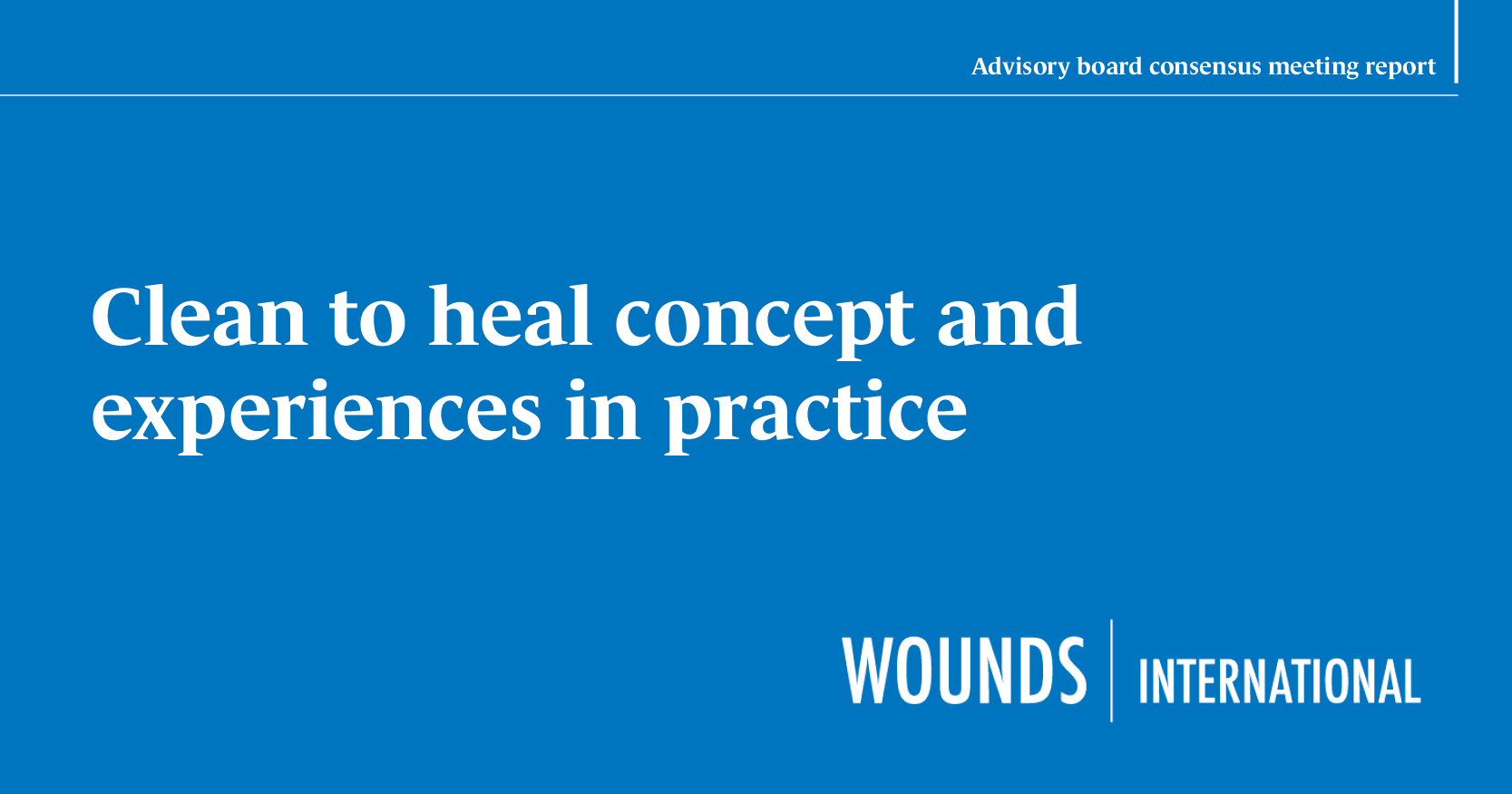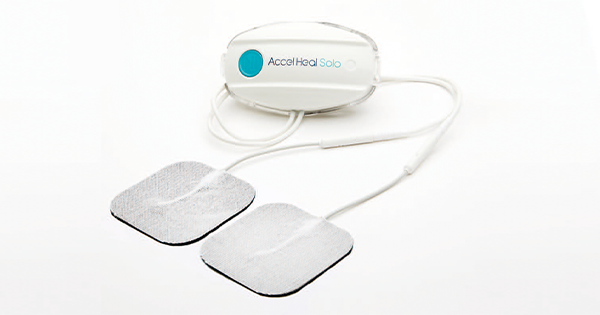<p>Difficult-to-heal and chronic wounds affect tens of millions of people worldwide. In the US alone, the direct cost for their treatment exceeds $25 billion. Yet despite advances in wound research and treatment that have markedly improved patient care, wound healing is often delayed for weeks or months. For venous and diabetic ulcers, complete wound closure is achieved in as few as 25%–50% of chronic or hard-to-heal wounds. Wound bed preparation and the consistent application of appropriate and effective debridement techniques are recommended for the optimised treatment of chronic wounds. The TIME paradigm (Tissue, Inflammation/Infection, Moisture Balance and Edge of Wound) provides a model to remove barriers to healing and optimise the healing process. Of the various debridement therapies available to clinicians, the unique characteristics and capabilities of collagenase ointment, a type of enzymatic debridement, may make it ideal for wound bed preparation. Collagenase facilitates easy removal of the necrotic plug while promoting granulation and sustaining epithelialisation. It is also easily combined with other methods of debridement, is selective to necrotic tissue, and has been safely used in various populations. A large body of evidence has indicated that collagenase is an efficacious, safe and cost-effective choice for debridement of cutaneous ulcers and burn wounds and it will likely play an expanding role in all phases of wound bed preparation.</p>






